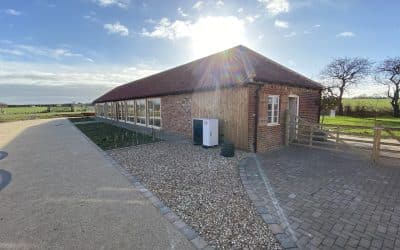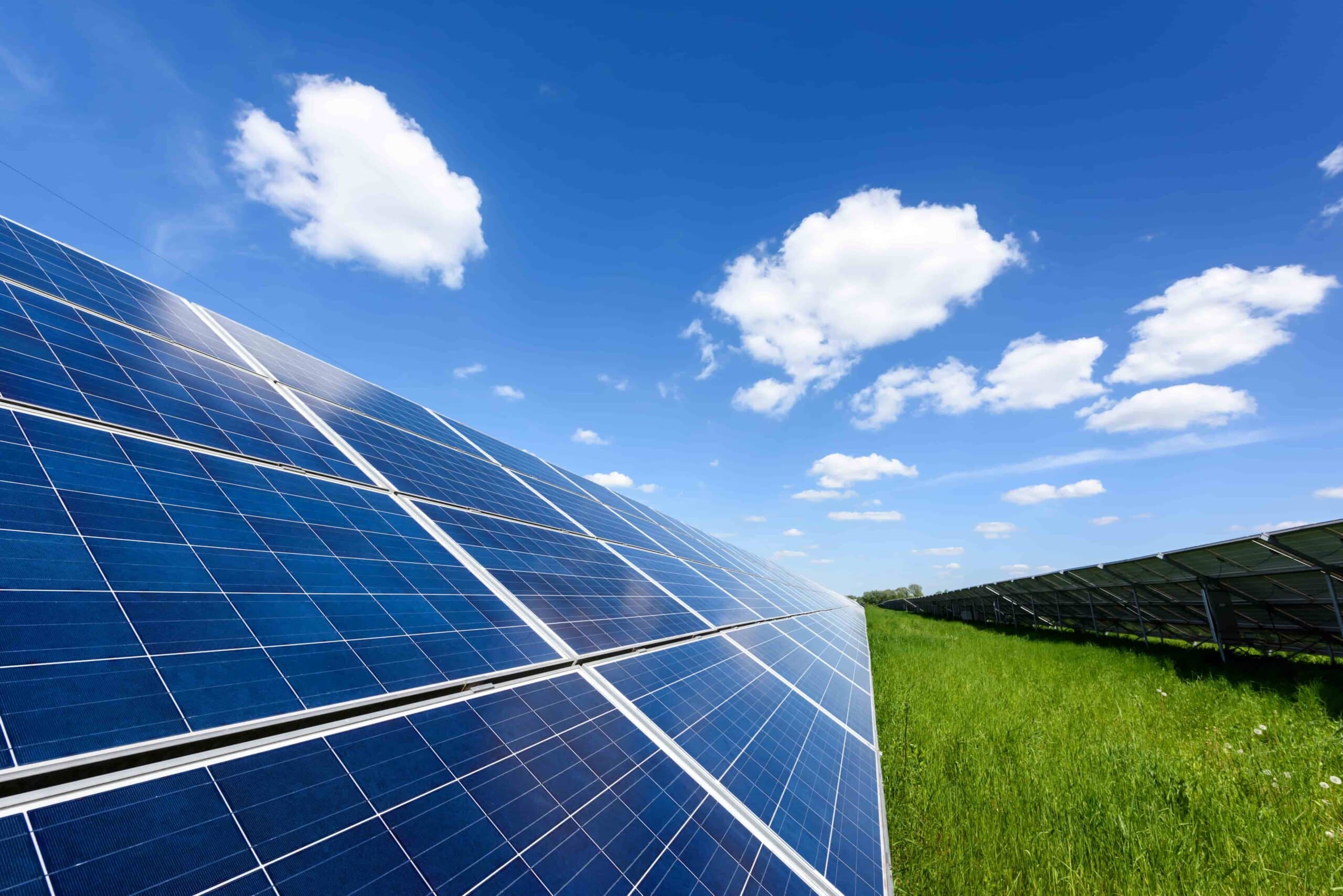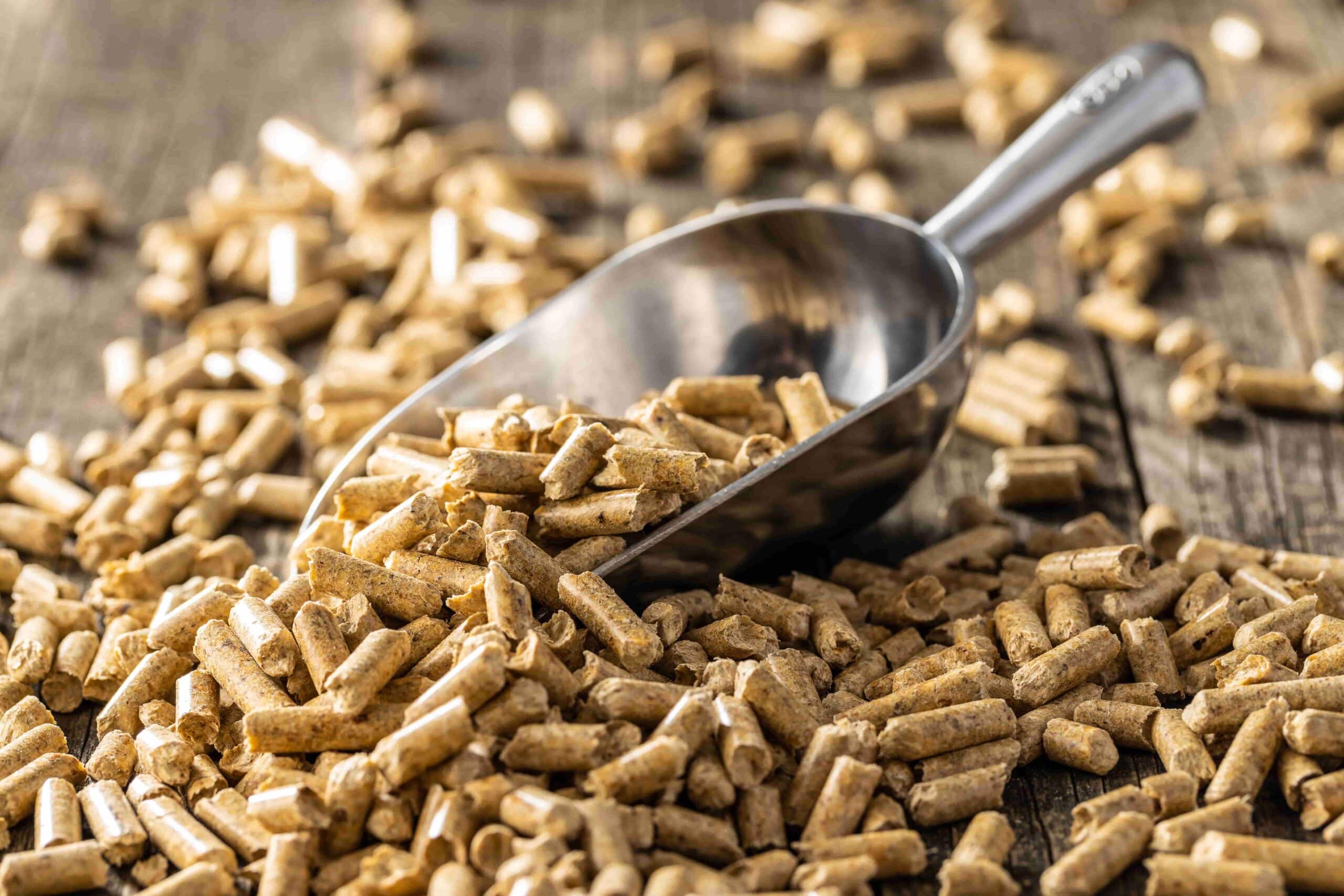If you’re looking for ways to be more green, then the boiler in your home is definitely something you need to look at. But here, we are specifically talking about biomass boilers and not traditional ones that consume oil and gas.
There are several types of biomass boilers available in the market today. You can choose the model that best suits your requirements. These varying types of biomass boilers are available in diverse efficiencies, costs, suitabilities and sizes.
But one thing that is consistent in all models is the fact that they’re the more environmentally-friendly counterparts of the traditional boilers. You will almost certainly reduce your overall impact and carbon footprint with these renewable biomass boilers installed!
In this piece, we’ve put together a list of various types of boilers that you can install in your residential and commercial properties.
Fully Automated Biomass Boiler
This perhaps is one of the most efficient biomass boilers out there. Fuel in the form of wood chips and pellets is fed automatically into the combustion chamber of the boiler through a silo or a large hopper. It is capable of holding a year’s worth of fuel at once.
Wooden Stoves
These are the most basic form of biomass heating. The whole idea was to replicate an open fire which is the cheapest form of heating but the general efficiency is largely affected. Only 15 to 30% of efficiency can be achieved through open fires as most of the heat is lost up the chimney by way of smoke. But, the wood stoves available today are not only efficient but can cater to all the heating requirements of your home.
A whopping 80% of efficiency can be achieved with the ‘clean burn’ and ‘high efficiency’ models. With integrated boilers available in wood stoves today, hot water requirements of a home are also fulfilled.
Log Boilers
These are essentially wood stove models that work alongside back boilers. You can install these as a secondary source of heating as these act as a link to the traditional oil and gas boilers. As logs are available readily, your heating requirements are accounted for that too at fuel costs that are considerably lower. To allow full integration during biomass installation, you will have to replace the existing water cylinder with a modern thermal one.
Semi-automatic Biomass Boilers – Residential
Specifically designed for the residential installation, these boilers are rather compact in appearance. They not only look aesthetic but can be fixed in living rooms given their resemblance to a standard log burner. These models have gained a lot of popularity of late because of their aesthetic appeal and small size, making them a favourite in smaller properties.
Semi-automatic Biomass Boilers – Industrial
Although these boilers need to be fed more often via a system operator, they’re comparatively cheaper than their fully automated counterparts. This is what makes them ideal for installation in larger commercial properties like farms. These heating units come along with a large hopper attached that accommodates a fair amount of fuel. But as mentioned, this system needs to be replenished frequently.
With electronic control designed specially, commercial biomass boilers come with different operating modes – slumber, reduced and full. Depending on your needs, you can choose the setting of your liking adding to your efforts of reduced carbon footprint.
Pellet Boilers
This is one of those ‘fit and forget’ options that require little interaction and minimal maintenance. A heating system that’s ‘boiler only’ is a brilliant heating solution all around the year. Pellet boilers are often installed in utility rooms and have several add-on options that make the system more automated. It is a standalone boiler equipment that is available with large fuel storage and self-cleaning models.
Pellet Stove Boilers
Pellet stove boilers are highly aesthetic which is why you can install these literally anywhere. What’s more these boilers are more than equipped to cater to both your heating and hot water requirements. Their mechanism is more or less the same as that of pellet boilers but with improved efficiency that’s generally 10% of the total KW output. This is what makes pellet stove boilers extremely cosy and comforting in the colder months. It not only feeds all the radiators in your homes but also has a working stove crackling in the living space.
Now depending on your requirements and the size of your property, you can pick an alternative that best fits your needs. Moreover, with these varying types of biomass boilers installed, you can avail the government’s RHI scheme (domestic and commercial).
Give us a call today and we’ll recommend the ideal renewable installation for your property!




